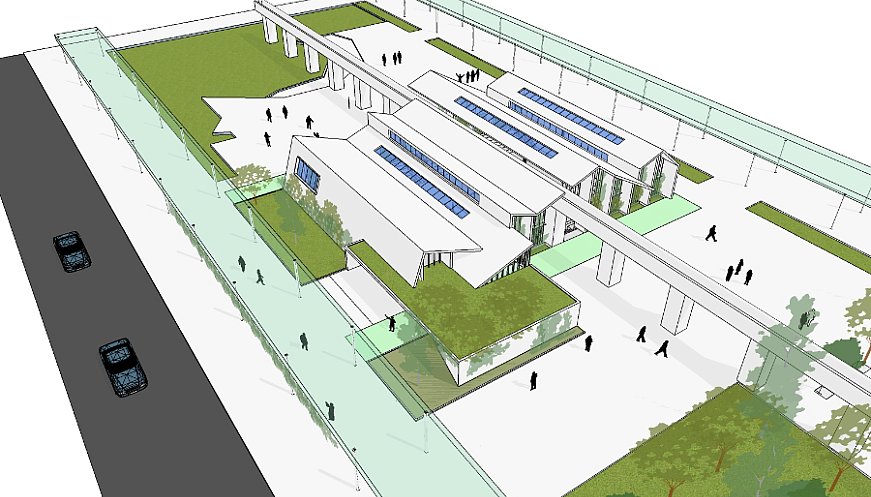 Photo: EMASESA
Photo: EMASESA
In Spain, scorching heat has threatened the tradition of spending the cool evening hours chatting with friends and neighbours. But in Seville, fighting heat is not new. Its ‘policy of shade’ -- streets covered with large awnings -- has been extended to taxi stops, schools, playgrounds, and hospital entrances. The city is installing public fountains, planting 5,000 trees a year and switching to heat-reflecting construction materials. It has become the first city to name and categorize heat waves, triggering measures like opening city pools and sending health workers to check on vulnerable people. A multi-million-Euro pilot project, CartujaQanat, aims to lower average temperatures around one street by 10°C, using the ancient Persian ‘qanat’ technology. These underground canals carry water across a large area, with vertical shafts taking cool underground air to the surface. Cool underground water also will be pumped toward the top of a building, then trickle down porous walls to lower temperatures inside and out. Connected benches will create surfaces for people to sit and recover from extreme heat.
More:














